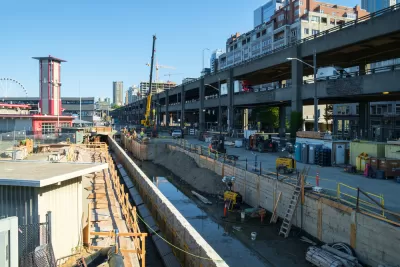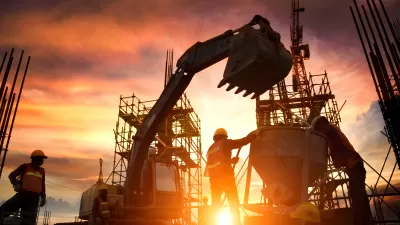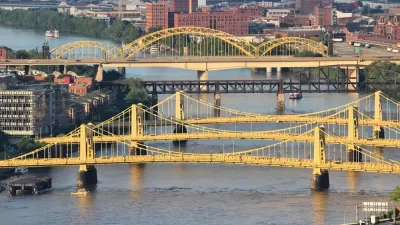A low unemployment rate means major investments by the federal government could ultimately harm the economy.

Tales of American’s failing infrastructure are not new, but, in recent months, they do seem to have increased in number and become more urgent in tone.
That does not, however mean that it’s the right moment to invest in major projects, writes Evan Horowitz at FiveThirtyEight, because “[w]hile inking an infrastructure deal is tricky under the best of circumstances, now is a particularly bad time — because the economy is just too strong.”
That’s because infrastructure spending (and the corresponding creation of jobs) benefits the economy when the government is providing jobs to the unemployed, but not when workers are leaving one job for another.
“[I]n today’s economic climate, where unemployment is nearing a 50-year low, even a massive infrastructure bill would likely generate only a trivial number of new jobs. Instead, the government would have to fill its construction crews by poaching private-sector workers, which could potentially create an inflation-generating war for scarce workers and neutralize many of the economic benefits commonly associated with large-scale government spending.”
Of course, for anyone living with failing infrastructure, or anyone in desperate need of a project with soaring costs, how the Federal Reserve feels about the unemployment rate does not feel particularly relevant.
Even if it means risking a negative impact on the economy, Horowtiz writes, "that still leaves one perfectly good reason to support such spending: It improves America’s crumbling infrastructure. But skeptics can point to the economic risks as a reason to say, yet again, ‘Let’s fix our infrastructure some other time.'"
FULL STORY: America May Finally Be Ready To Fix Its Infrastructure. Too Bad The Timing Stinks.

Planetizen Federal Action Tracker
A weekly monitor of how Trump’s orders and actions are impacting planners and planning in America.

San Francisco's School District Spent $105M To Build Affordable Housing for Teachers — And That's Just the Beginning
SFUSD joins a growing list of school districts using their land holdings to address housing affordability challenges faced by their own employees.

The Tiny, Adorable $7,000 Car Turning Japan Onto EVs
The single seat Mibot charges from a regular plug as quickly as an iPad, and is about half the price of an average EV.

With Protected Lanes, 460% More People Commute by Bike
For those needing more ammo, more data proving what we already knew is here.

In More Metros Than You’d Think, Suburbs are Now More Expensive Than the City
If you're moving to the burbs to save on square footage, data shows you should think again.

The States Losing Rural Delivery Rooms at an Alarming Pace
In some states, as few as 9% of rural hospitals still deliver babies. As a result, rising pre-term births, no adequate pre-term care and "harrowing" close calls are a growing reality.
Urban Design for Planners 1: Software Tools
This six-course series explores essential urban design concepts using open source software and equips planners with the tools they need to participate fully in the urban design process.
Planning for Universal Design
Learn the tools for implementing Universal Design in planning regulations.
Smith Gee Studio
City of Charlotte
City of Camden Redevelopment Agency
City of Astoria
Transportation Research & Education Center (TREC) at Portland State University
US High Speed Rail Association
City of Camden Redevelopment Agency
Municipality of Princeton (NJ)





























